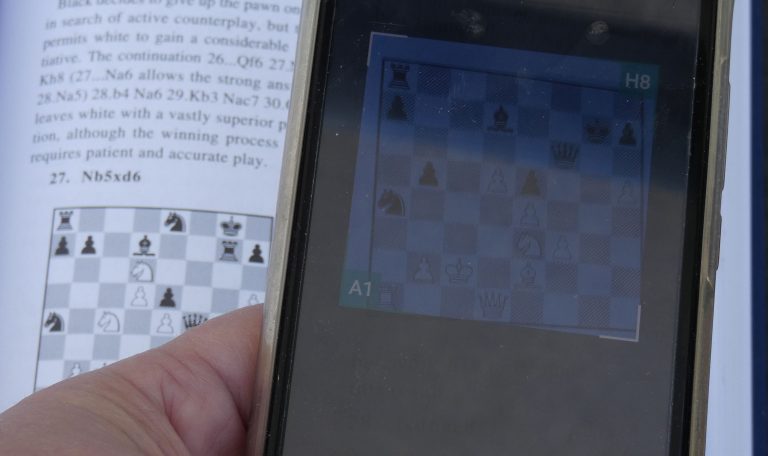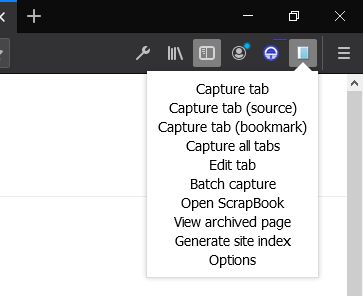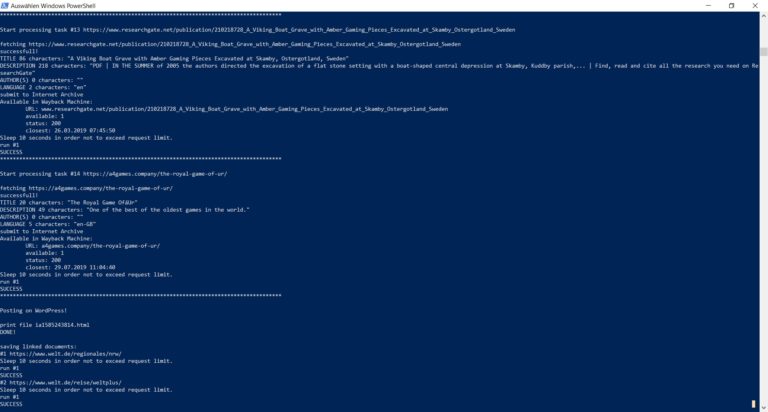biblatex-archaeology in its environment Ⅶ: CiteDrive
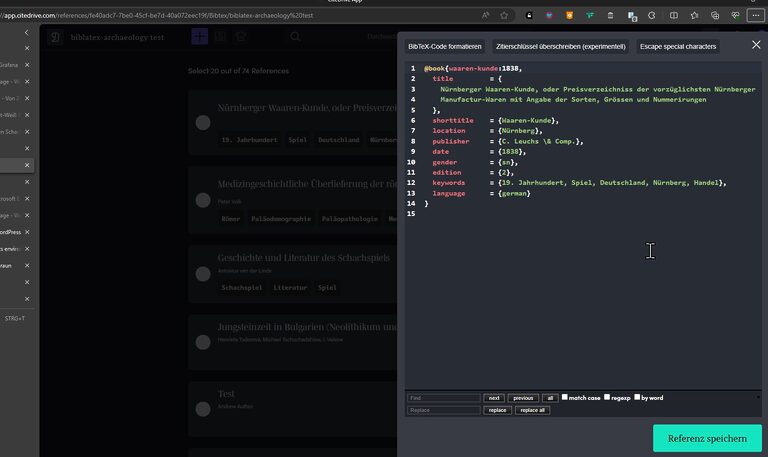
CiteDrive is a collaborative online reference manager for BibTeΧ. Its strengthens are the possibility to pick up references from online sources like PubMed or Google Scholar via a Browser plugin (“CiteDrive Companion”) and the integration into several LaTeΧ editors like…

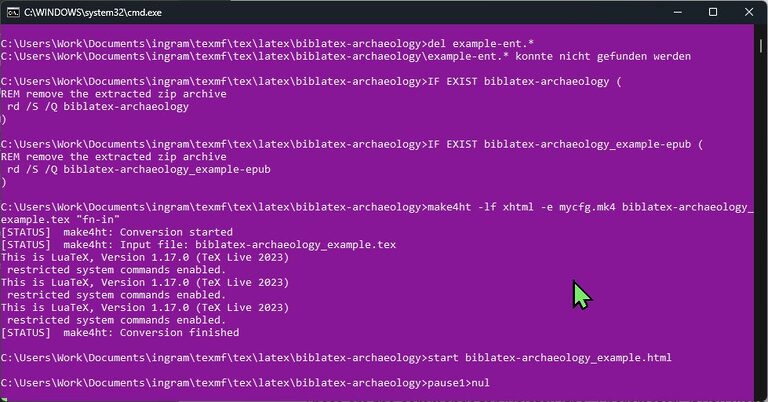

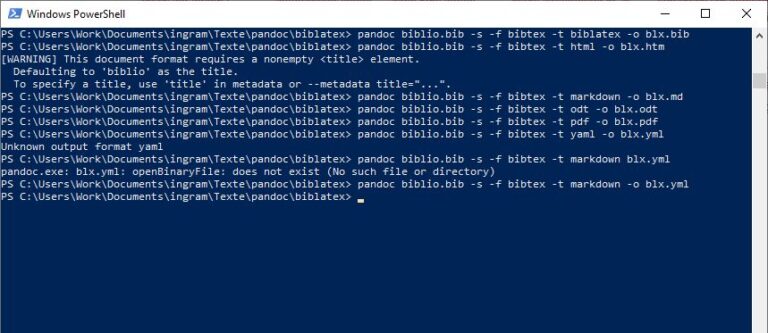
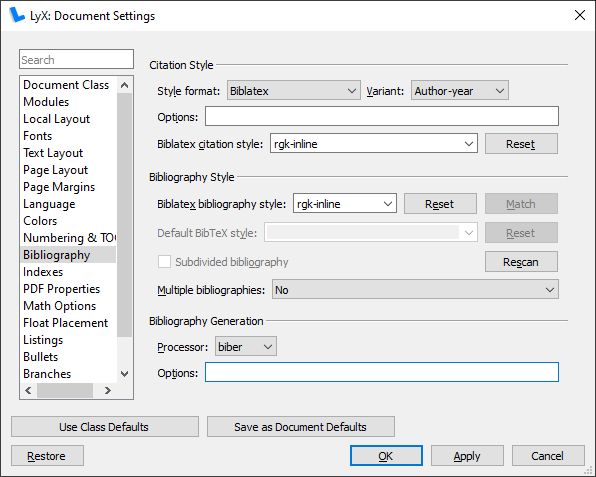
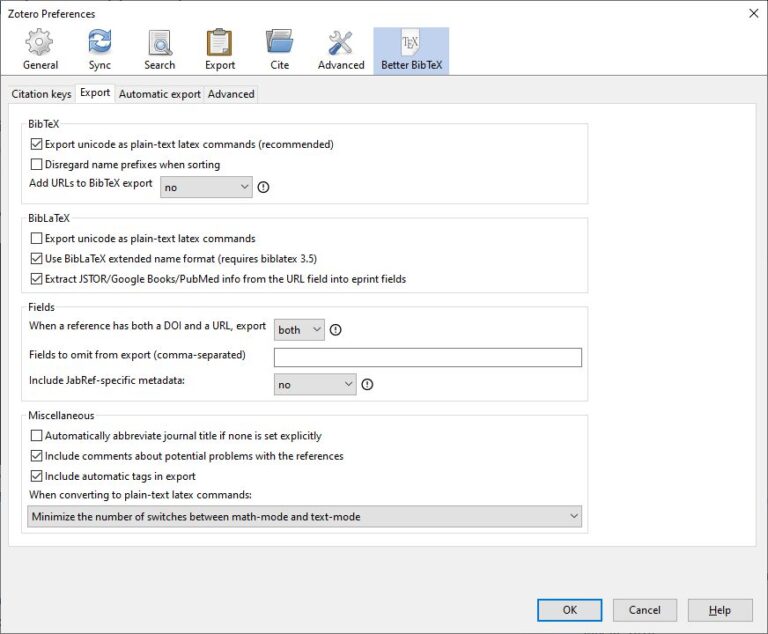
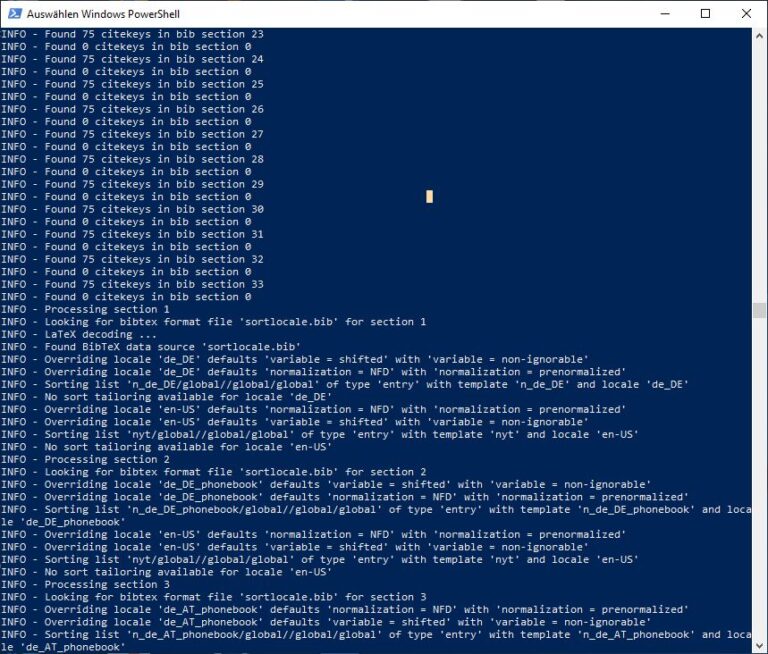
![biblatex-archaeology [v2.2] selected for long-term archival in the GitHub Arctic Code Vault 8 biblatex-archaeology [v2.2] selected for long-term archival in the GitHub Arctic Code Vault 3](https://ingram-braun.net/erga/wp-content/uploads/2020/07/github-arctic-archive_ingram-braun.net_2020-07-18_14-55-20_924661.jpg)
![Rezension von biblatex-archaeology [v2.2] in den „Archäologischen Informationen“ 9 Kachel Rezension Klammt © 2020 DGUF](https://ingram-braun.net/erga/wp-content/uploads/2020/07/106729046-3088594954564365-9054389033095450316-n_ingram-braun.net_2020-07-05_10-46-53_374336-768x432.jpg)
